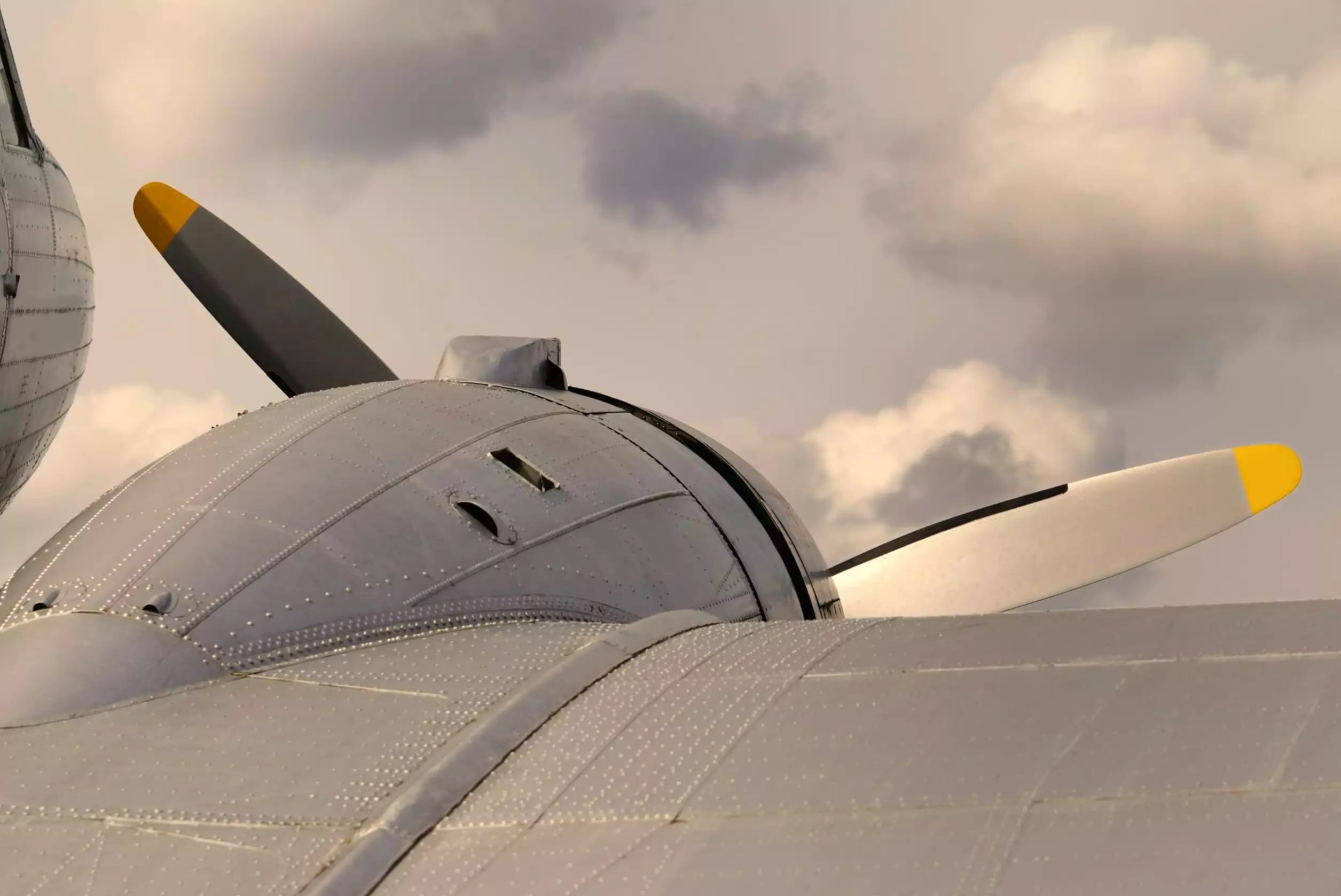
Ever wondered why aircraft weight and balance are so crucial? Imagine a seesaw; if one side is too heavy, it tips over. Planes work similarly. Proper weight distribution ensures safe takeoff, smooth flight, and safe landing. Pilots and engineers meticulously calculate these factors to avoid accidents. Incorrect balance can lead to disastrous consequences like stalls or crashes. This blog post will dive into 15 intriguing facts about aircraft weight and balance, shedding light on why these elements are vital for aviation safety. Buckle up and get ready to learn how these principles keep you soaring safely through the skies!
Key Takeaways:
- Understanding aircraft weight and balance is crucial for safe flights. Exceeding weight limits or improper balance can compromise safety and performance.
- Pilots use science and practical applications to ensure safe flight operations. Pre-flight checks, cargo loading, and passenger seating all play a role in maintaining proper weight and balance.
Understanding Aircraft Weight and Balance
Aircraft weight and balance are crucial for safe flight operations. Pilots and engineers must ensure that an aircraft's weight is within permissible limits and properly distributed. Here are some fascinating facts about this essential aspect of aviation.
-
Weight Limits: Every aircraft has a maximum takeoff weight (MTOW) and a maximum landing weight (MLW). Exceeding these limits can compromise safety and performance.
-
Center of Gravity (CG): The CG is the point where an aircraft's weight is balanced. Proper CG ensures stability and control during flight.
-
Weight Distribution: Uneven weight distribution can lead to control issues. Cargo and passengers must be placed to maintain balance.
-
Fuel Weight: Fuel adds significant weight. Pilots calculate fuel needs carefully to avoid excess weight and ensure sufficient range.
-
Payload: The payload includes passengers, cargo, and baggage. Managing payload is essential to stay within weight limits.
The Science Behind Weight and Balance
Understanding the science behind weight and balance helps in appreciating its importance. Here are some scientific aspects related to aircraft weight and balance.
-
Moment Arm: The moment arm is the distance from the CG to the weight's location. Longer moment arms have a greater impact on balance.
-
Weight and Balance Calculations: Pilots use charts and software to calculate weight and balance. These calculations ensure safe flight operations.
-
Load Shifting: During flight, load shifting can occur due to turbulence or maneuvers. Proper securing of cargo prevents dangerous shifts.
-
Trim: Trim adjustments help maintain level flight. Incorrect trim settings can lead to increased pilot workload and fuel consumption.
-
Weight and Performance: Aircraft performance, including takeoff distance and climb rate, is affected by weight. Lighter aircraft perform better.
Practical Applications in Aviation
Weight and balance are not just theoretical concepts; they have practical applications in daily aviation operations. Here are some real-world examples.
-
Pre-Flight Checks: Pilots perform pre-flight weight and balance checks to ensure compliance with limits and proper CG.
-
Cargo Loading: Airlines use specific loading procedures to maintain balance. Incorrect loading can lead to accidents.
-
Passenger Seating: Passenger seating arrangements can affect balance. Airlines may adjust seating to optimize CG.
-
Emergency Situations: In emergencies, weight and balance considerations are crucial for safe landings and takeoffs.
-
Regulations: Aviation authorities have strict regulations on weight and balance. Compliance ensures safety and efficiency in flight operations.
The Final Word on Aircraft Weight and Balance
Aircraft weight and balance are crucial for safe flight operations. Pilots must ensure the aircraft's weight is within limits and properly distributed. This affects everything from fuel efficiency to maneuverability. Overloading or improper balance can lead to serious accidents.
Understanding these principles isn't just for pilots. Anyone interested in aviation should grasp the basics. It highlights the importance of precision and attention to detail in aviation.
Next time you board a plane, remember the meticulous calculations behind the scenes. These ensure your flight is safe and efficient. Aircraft weight and balance might seem technical, but they play a vital role in every flight.
So, whether you're a budding pilot or an aviation enthusiast, keep these facts in mind. They underscore the complexity and precision of flying. Safe travels!
Frequently Asked Questions
Was this page helpful?
Our commitment to delivering trustworthy and engaging content is at the heart of what we do. Each fact on our site is contributed by real users like you, bringing a wealth of diverse insights and information. To ensure the highest standards of accuracy and reliability, our dedicated editors meticulously review each submission. This process guarantees that the facts we share are not only fascinating but also credible. Trust in our commitment to quality and authenticity as you explore and learn with us.


